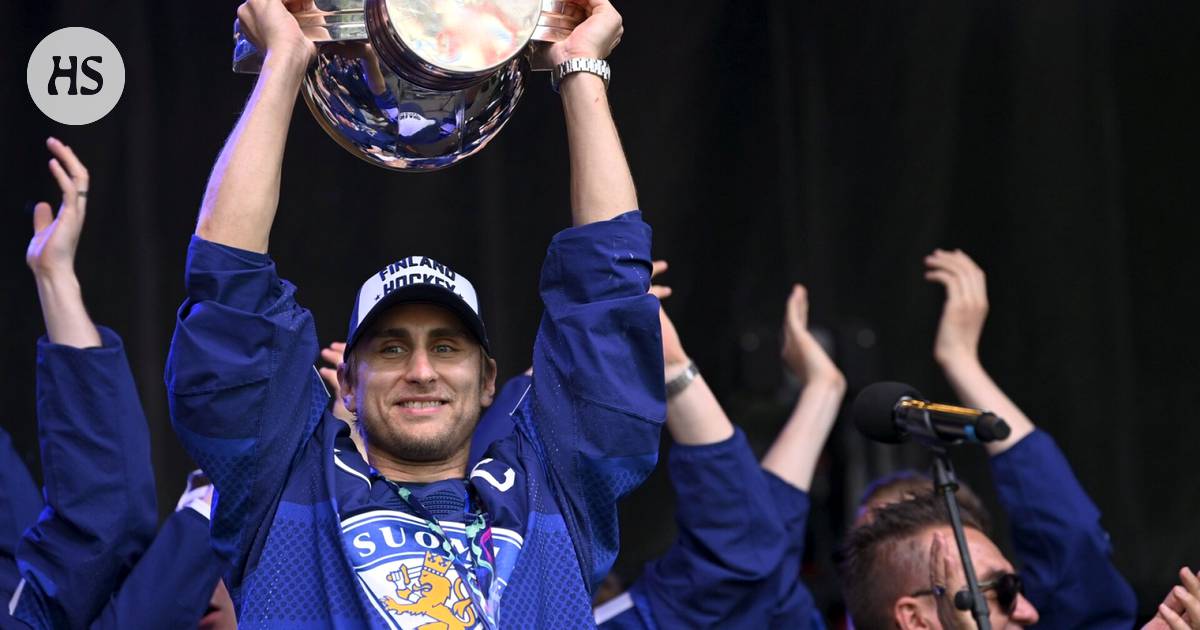Sports organizations are preparing to combine their activities because they have to when state subsidies are reduced. The government’s support policy also speaks for itself.
Judoliiton chairman Esa Niemi poses an interesting but often silenced question.
Do all sports federations have an equal right to the general grants distributed by the Ministry of Education and Culture?
The issue is particularly relevant now, as the government’s austerity measures will hit sports and exercise hard in the next few years.
Petteri Orpon the government’s plans are to cut state aid for sports and exercise by a total of 25 percent over the course of four years. The cuts to the aid pot of around 40 million euros of sports federations and other sports organizations will see a cut of around ten million euros when implemented.
The dwindling of support euros is a tough spot, especially for smaller sports, where own fundraising is more difficult.
This year, the Palloliitto received two million euros from the largest sports federations, and the Finnish Ice Hockey Federation received 1.5 million euros in general aid.
However, both sports associations are also financially strong. Unions are supported by millions of revenues from events and media and cooperation agreements.
Ice Hockey Federation the money sampo is the World Cup. The association made a total profit of 23 million euros from the two home games played in Tampere. It is a huge pot in Finnish sports.
Niemi wants to spark a discussion about a more solidary support policy. Should the support criteria for government grants be changed?
“If a sports federation makes big profits from something, does it need public money at all or at least as much as it does now,” Niemi ponders.
“Most sports do not have the opportunity to collect income of even hundreds of thousands, let alone millions or tens of millions of euros.”
Niemi, who is part of the board of the Olympic Committee, points out that the sky would open up for many sports federations if they could get even a small additional slice to the current aid pot.
Or that it wouldn’t shrink as much as it threatens to do now.
“Every now and then someone brings up the support issue, but rarely out loud. Ice hockey’s position in Finland is so strong.”
President of the Judo Association, Esa Niemi.
Sports organizations have noticed a decrease in subsidies anyway. At the beginning of the year, coordinated by the Olympic Committee, they established two working groups whose task is to prepare reports on the structure of the sports field and shared services.
Decisions are supposed to be made already this year. They very likely know how to negotiate changes in organizations. Jobs are decreasing.
Esa Nieme has an exceptional view on cooperation between sports, or at least its planning, on the Finnish sports field.
”
“The time was not ripe because there was no need. It’s a boring thing that it is now.”
Ten years ago, eight martial arts started a project supported by the Ministry of Education and Culture, the aim of which was to find ways to work together.
In addition to judo, there were karate, boxing, wrestling, fencing and pentathlon, aikido and a weightlifting association.
As a result, martial arts have a common office in Helsinki’s Pitäjänmäki sports hall. In addition, there are, among other things, common disciplinary rules and common educational matters.
“The next step would have been to think about how the cooperation can be seen as savings. Almost every sports association has its own executive director, its own training manager, its own coaching manager, its own office secretary and so on. Everyone does their own thing and time goes by.”
Huuhkajat is the Finnish Football Association’s money sampo.
Cape the next step, the merging of tasks, was not taken because there was no change locomotive. Now the increase in doing things together is inevitably ahead. Painful decisions have to be made because money is decreasing.
“The time was not ripe because there was no need. It’s a boring thing that it is now.”
For example, the Judo Association’s grant was reduced this year by 9,000 euros to 298,000 euros, or about three percent. If the saving measures planned by the government are implemented in full, 75,000 euros will disappear from the general grant received by the union.
“The judo union has six employees, so the 25 percent cuts to grants could mean a reduction of 1.5 staff years.”
The martial arts have restarted their own deliberations about possible combinations of tasks. The eight sports associations employ a total of more than 30 people. Niemi has sensed that the concern about jobs is intense.
“At the same time, it is understood that the Finnish government does not have an easy task either. You have to be involved in those talks somehow. The feelings are contradictory.”
Functions unification means change negotiations and downsizing throughout the sports organization field.
The Olympic Committee is also not safe from changes, although any new joint functions will probably be concentrated there.
“This forces us to rethink what we do and what to focus on. If the big breakthrough happens according to the plan, it will affect the Olympic Committee’s actions in the same way. They must be thought of in this context as new.”
